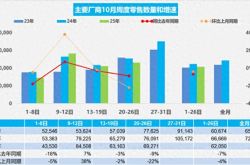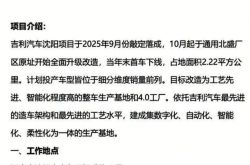Huawei Pura 80 In-depth Analysis: Technological Leap, Design Innovation, and the "Open Strategy" in the Premium Market
![]() 03/31 2025
03/31 2025
![]() 506
506
Introduction: The "Technological Renaissance" of Domestic Flagships
When news of the Huawei Pura 80 first emerged, igniting fervent discussions in the tech community, it marked not merely the arrival of a new smartphone but a bold stride by domestic manufacturers into the technological frontier. From its dual-layer OLED screens to its 1-inch main camera, and from HarmonyOS Next to its distinctive design language, the Pura 80 series leverages "technological generational leaps" as a catalyst to reshape the competitive landscape in the premium smartphone market.
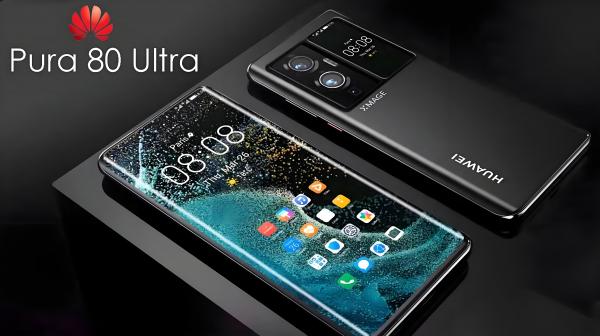
I. Screen Evolution: The "Sunrise" of Domestic Display Technology
The dual-layer tandem OLED screen on the Huawei Pura 80 Ultra signifies a landmark achievement in domestic display technology.
Double Leap in Brightness and Longevity: Boasting a peak brightness of 3,500 nits, the screen remains vivid even under the intense midday sun. The dual-layer design extends the screen's lifespan to 100,000 hours by distributing the workload, effectively debunking the industry myth that "brightness and longevity cannot coexist."
Color Precision and Power Efficiency: Dual-layer OLED independently manages the red and blue spectra, enhancing color accuracy while reducing power consumption by 20%. This collaboration between Huawei and BOE signifies a transformation from "follower" to "leader" for domestic displays.
Industry Impact: If the Pura 80's screen performance meets expectations, it could spur Samsung, Apple, and other manufacturers to accelerate technological advancements, potentially paving the way for domestic high-end screens to "go global."
II. Imaging Pinnacle: The "Double Helix" of a 1-inch Sensor and Computational Photography
Huawei's ambition in the imaging realm is fully realized in the Pura 80.
Hardware Powerhouse: The 1-inch OV50X main camera, introduced initially in the Ultra version, employs an RYYB array, boosting light intake by 40% compared to traditional RGGB. Coupled with a periscope telephoto lens offering 3-8x continuous optical zoom, it offers a dual experience of "night vision + telescope."
Algorithm Evolution: The XMAGE imaging system has been upgraded to the Red Maple Original Color Algorithm, enhancing dynamic range and color fidelity through AI optimization. The burst shooting speed has been elevated to 120 frames per second, effortlessly capturing high-speed scenes.
Market Positioning: Huawei clearly targets professional photographers and imaging enthusiasts. The imaging capabilities of the Pura 80 have the potential to "replace entry-level mirrorless cameras," potentially redefining the pinnacle of smartphone photography.
III. Design Philosophy: The "Social Code" Behind the Quarter Circle
The camera module design of the Pura 80 represents a groundbreaking experiment in industrial aesthetics.
Cultural Symbolism: The quarter-circle triple-camera module echoes the Eastern philosophical concept of "heaven is round, earth is square," forming a complete circle when four devices are combined, bestowing the product with social significance.
Interactive Innovation: This design transcends mere aesthetics, supporting functions such as AR effect activation and digital artwork creation, transforming hardware design into social currency.
User Value: Amidst the homogeneity of rectangular and circular modules, the Pura 80's design language offers users the opportunity for "differentiated expression," potentially becoming a new favorite among young consumers.
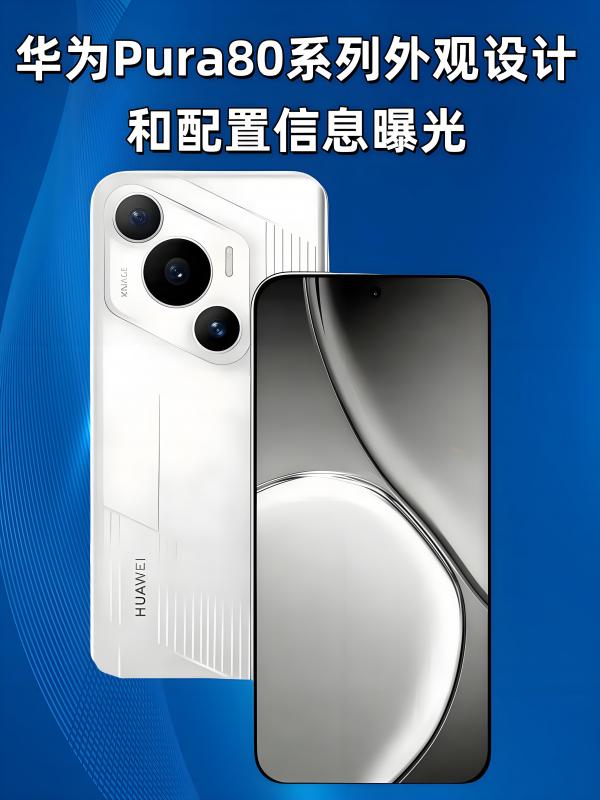
IV. Ecological Closed Loop: HarmonyOS Next and the Ultimate Quest for "Technological Independence"
The HarmonyOS Next system pre-installed on the Pura 80 bids farewell to Android code, achieving full self-development.
Performance Boost: Background memory usage is reduced by 1.5GB, application launch speed is increased by 40%, and its smoothness rivals that of iOS.
Privacy and Security: The distributed architecture enhances multi-device collaboration while providing robust privacy protection.
Strategic Importance: The maturity of HarmonyOS marks Huawei's completion of an "autonomously controllable" closed loop in the software and hardware ecosystem. If the sales of the Pura 80 meet expectations, it will accelerate the transition from Android to domestic operating systems.
V. Pricing Strategy: The "Open Strategy" and Risks of a 10,000 RMB Flagship
The Huawei Pura 80 Ultra is rumored to have a starting price of 9,999 RMB, directly challenging Apple and Samsung in their core markets.
Technological Premium: Configurations such as the dual-layer OLED screen, 1-inch main camera, and Kirin 9030 chip provide the hardware foundation to justify the high price.
Market Exploration: Huawei's move aims to gauge users' acceptance of domestic 10,000 RMB smartphones. If successful, it could break the monopoly of foreign brands in the ultra-premium market.
Risk Warning: An excessively high price may limit sales, but Huawei covers the mid-range market with the standard version (starting at 5,499 RMB), forming a "high-low mix" product matrix to mitigate risks.
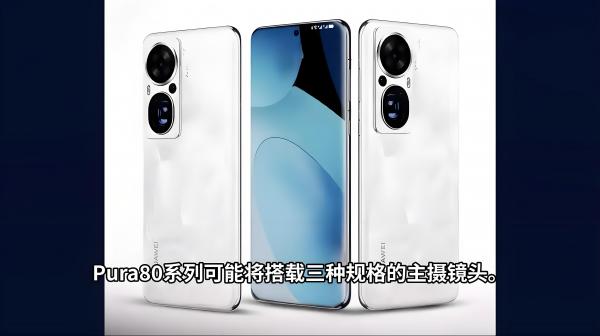
Conclusion: The "Renaissance Era" of Domestic Flagships
The unveiling of the Huawei Pura 80 showcases the comprehensive renaissance of domestic smartphones in technology, design, and ecosystem. It is not just Huawei's foray into the premium market but also a showcase of domestic supply chain and technological prowess. When the Pura 80 is officially released in May, it may herald the "golden age" of domestic flagships.
(Note: Some information in this article is based on online leaks. Specific configurations and prices are subject to official announcements.)
Interactive Topic: What do you believe is the biggest challenge for domestic smartphones in penetrating the 10,000 RMB market? Welcome to share your thoughts and engage in the discussion.


